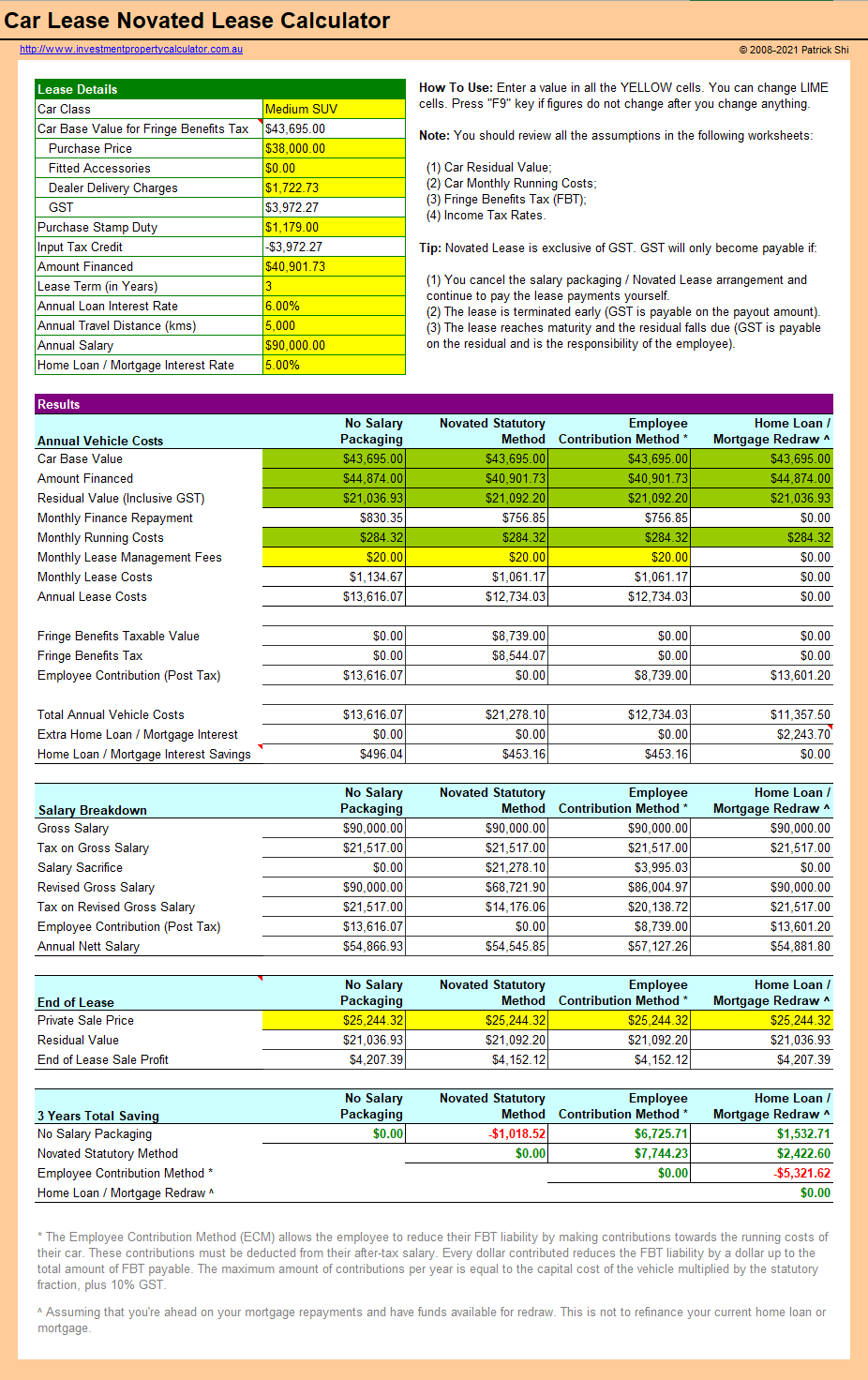saad Douglas
57 posts
Sep 29, 2025
10:14 AM

|
Buying a new car has never been easy, weâ??ve always had to consider our lifestyle, reliability, style and price when investing in our next vehicle. Internal Combustion Engines (ICE) have dominated the market for as long as we can all remember, but the rise of hybrid and electric vehicles has added one more element into the mix to consider Novated Leasing Calculator.
â??

So, what are all the key differences under the hood of ICE and electric vehicles, and how do they weigh up when buying our next car.
â??

â??Weâ??re all more than familiar with petrol vehicles that have dominated the market since they were first invented in 1886. Petrol cars use an Internal Combustion Engine that converts energy from the heat of burning gasoline into torque. Torque is applied to tyres, which powers your movement.
â??
ICE vehicles have long been the norm worldwide, however we may start to see the decline of them on our roads in the near future, with countries like the United Kingdom, Norway, Singapore and the Netherlands setting out targets to phase out the sale of non-zero-emission vehicles by 2035.
â??Electric cars have been around since the 1820â??s, however theyâ??ve only recently become a viable option for everyday transport. The surge in EV popularity was made possible by the development of lithium-ion batteries, which have enabled rechargeable batteries that can power drivers through their everyday lives. The majority of EVs we see on the roads these days are lithium-ion battery powered, using nickel manganese cobalt or lithium iron phosphate.
â??
Electric vehicles differ from their hybrid counterparts as they run solely off their rechargeable battery. The average EV can travel up to 450 km on one charge, while top of the line models like the Tesla Roadster claim up to 1000 km driving range. Electric vehicles seem to be the way of the future, with brands like Volvo, Bentley and Lexus having solid plans to phase out ICE vehicles in favour of electric in the near future. The transition to electric has also reflected in consumer sales, with 2023 and 2024 sales figures showing double digit growth in EV purchases.
EVs incur significantly lower running costs compared to their fuel counterparts. Drivers can save up to 70% on fuel costs and 40% on maintenance, for the average driver this could mean savings of up to $1,200 annually. On average, petrol costs $1.50 per litre, while the equivalent for an EV is 0.33c per litre. Fuel savings are only bolstered if you have solar panels, where the cost of home charging is significantly reduced or even dropped to zero.
The battery in electric vehicles replaces many of the moving parts in ICE vehicles that require regular servicing and replacement. In totality there are more than 2,000 moving parts in your average ICE vehicle, compared to the 20 in an electric vehicle drivetrain. An EV removes the need for oil changes, coolant flushing, air filter replacements, spark plugs, drive belts, mufflers and distributors, and reduces the need for brake maintenance. The relative simplicity in an EV means less frequent servicing, and fewer parts that need replacement. A common concern for drivers when considering an EV is battery replacement, as replacing an EV battery can easily cost thousands of dollars. However a full battery replacement is rare, with most lithium-ion batteries lasting 10-20 years, with a 10-year or 160,000 km warranty on batteries.
Range anxiety is a common concern preventing new car buyers from opting for an EV. The driving range of EVs is a double pronged issue for many drivers. Firstly, current battery technology limits how far an EV can drive on a single charge. The average new model on the Australian market claims about 450 km in driving range, which is more than enough to get the average Aussie around for over a week, however this falls short when you compare the range to an ICE vehicle like a Landcruiser Prado which can take you nearly 1,900 kms on a full tank.
Secondly, the lack of charging stations exacerbates range anxiety. While a fully charged battery can cover a reasonable distance, Australia has yet to fully catch up on charging infrastructure across the country. The fear of being stranded without access to a charging station is significant, especially given that charging a battery without fast-charging capabilities can take hours.
EVâ??s fight against pollution can be considered their raison dâ??etre, as 20% of global CO2 emissions originate from road traffic. Electric vehicles eliminate tailpipe emissions, significantly reducing greenhouse gases and improving air quality. Over their lifecycle, EVs can reduce emissions by 40-50%, bas
|